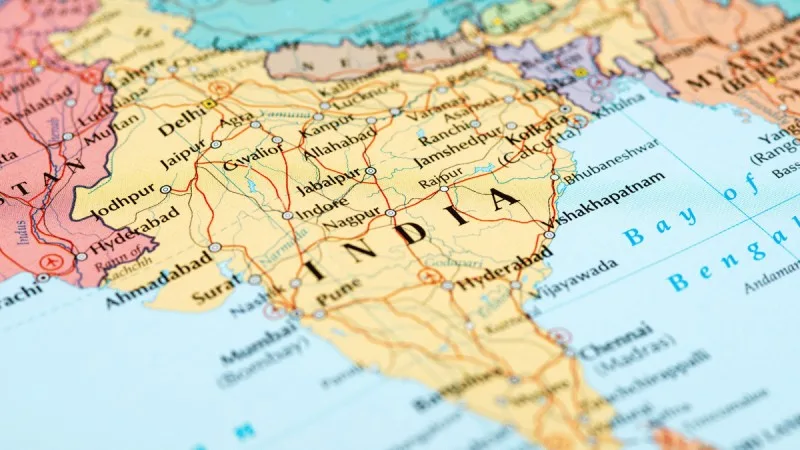Physiography of India
Physiography studies the present relief features of the earth’s surface. India has a unique personality with regard to Physiography. The Physiographic divisions play a vital role in India. The Physiographic diversity of India embraces lofty young-fold mountains, flat plains, and one of the oldest plateaus in the world. The Indian Islands have their own unique personality.
Physiographics reflect altitude and slope. The endogenetic and exogenetic forces have been consistently working to shape the present landforms on the surface of the earth. On the basis of structure Physiography of India is divided into four parts:
- Himalayan Mountain Region
- Great plains of India
- Peninsular plateau
- Coastal plains of India
- Island Group

Himalayan Mountain Region:
The Himalayan mountains are also known as the Himadri, Himavan, or Himachal. The Himalayan Mountains consist of the youngest and loftiest mountain chain in the world. The width of the Himalayas varies from 500 km in Kashmir to 200 Km in Arunachal Pradesh. The total area of the Himalayan mountain region is nearly five Lakhs sq km. Geographically the entire Himalayan region can be divided into
- The Himalayan ranges.
- This is further subdivided into
- The Shiwalik Range,
- The Middle and Lesser Himalayas,
- The Great Himalayas
- The Trans-Himalayas
- The Eastern Hills.

The Himalayas are broadly divided into the Western Himalayas, the Central Himalayas, and the Eastern Himalayas.
Great Plains of India:
The Great Plain is an aggregational plain formed by the depositional work of three major river systems viz., the Indus, the Ganga, and the Brahmaputra. This arcuate plain is also known as the Indo-Gangetic-Brahmaputra plain. This is the largest alluvial tract of the world extending for a length of 3,200 km from the mouth of the Indus to the mouth of the Ganga, of which the Indian sector alone accounts for 2,400 in length.
Peninsular plateau: The peninsular plateau is an aggregation of several smaller plateaus and hill ranges interspersed with river basins and valleys. The average height of the plateau is 600-900 m above sea level. The plateaus of peninsular India are the oldest and the most stable landmass of the Indian subcontinent. The highlands of the plateau are covered with different types of forests which provide a large variety of forest products.
The coastal plains:
The narrow coastal stretches between the edges of the peninsular plateau and the coastline of India running for a distance of about six thousand kilometers from Rann of Kuchchh in the west to the Ganga-Brahmaputra delta in the east called coastal plains. The area between the Western Ghats and the Arabian Sea coast is known as the West Coastal Plain and that between the Eastern Ghats and the coast of the Bay of Bengal is called the East Coastal Plain. Large parts of the coastal plains of India are covered by fertile soils on which different crops are grown. Fishing is an important occupation of the people living in the coastal areas.
The coastal plains are divided into West Coastal Plains and East Coastal Plains. The west coastal plains of India are further sub-divided into:
- The Kuchchh Peninsula
- The Kathiawar Peninsula
- The Gujarat Plain
- The Konkan Plain
- The Karnataka Coastal Plain
- The Kerala plain
- The Eastern Coastal Plain- It is further divided into the following sub-divisions:
- The Utkal Plain
- The Andhra Plain
- The Tamil Nadu Plain
The Island Group:
The two main island groups of the Indian Ocean are located far from the coast. One of them is Andaman and Nicobar in the Bay of Bengal which is composed of 265 big and small islands. The other is a group of tiny islands known as the Lakshadweep Islands in the Arabian Sea which is composed of 25 small islands.


4 thoughts on “Physiography of India”